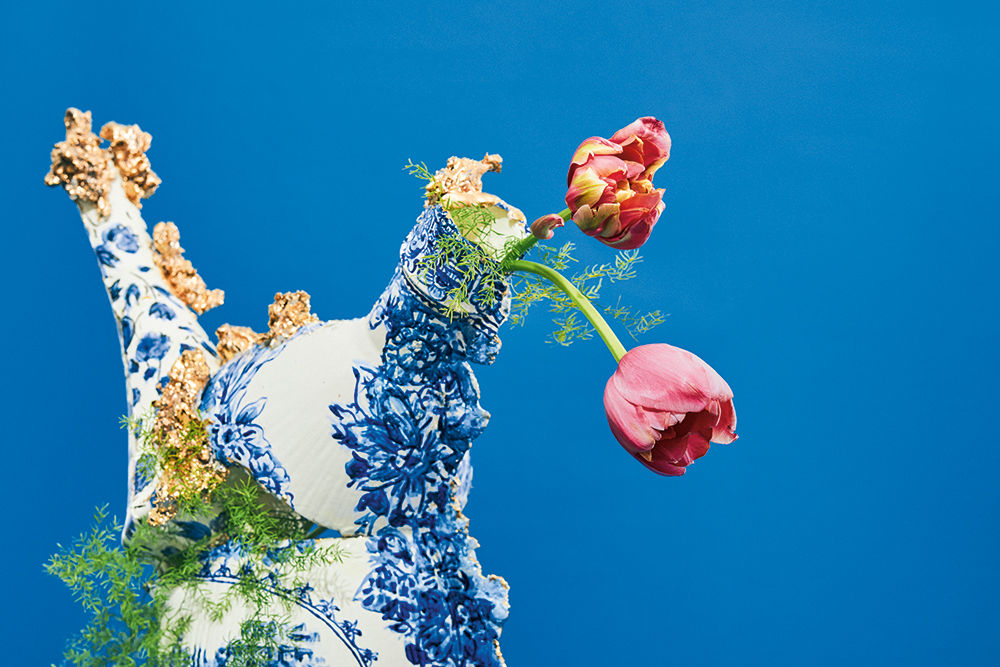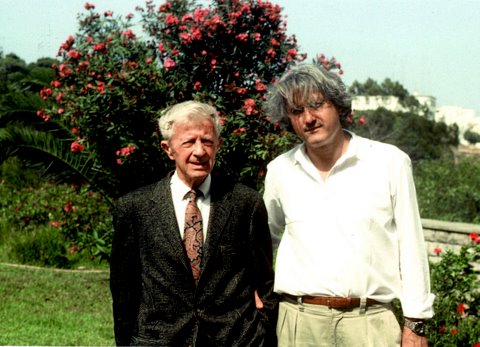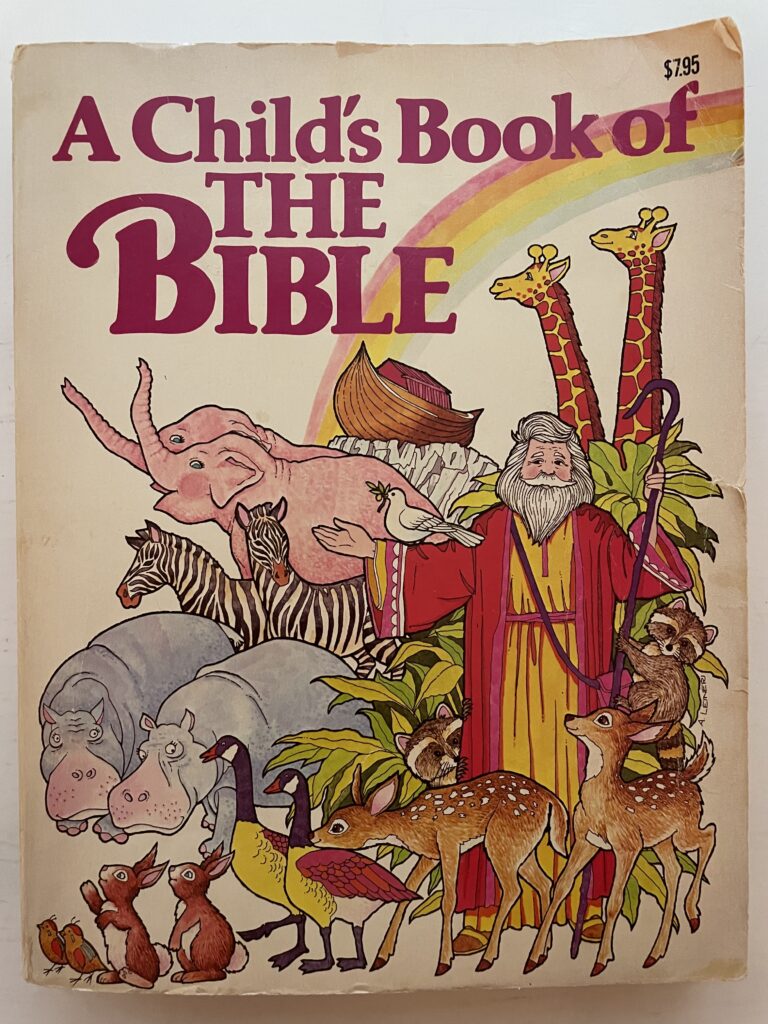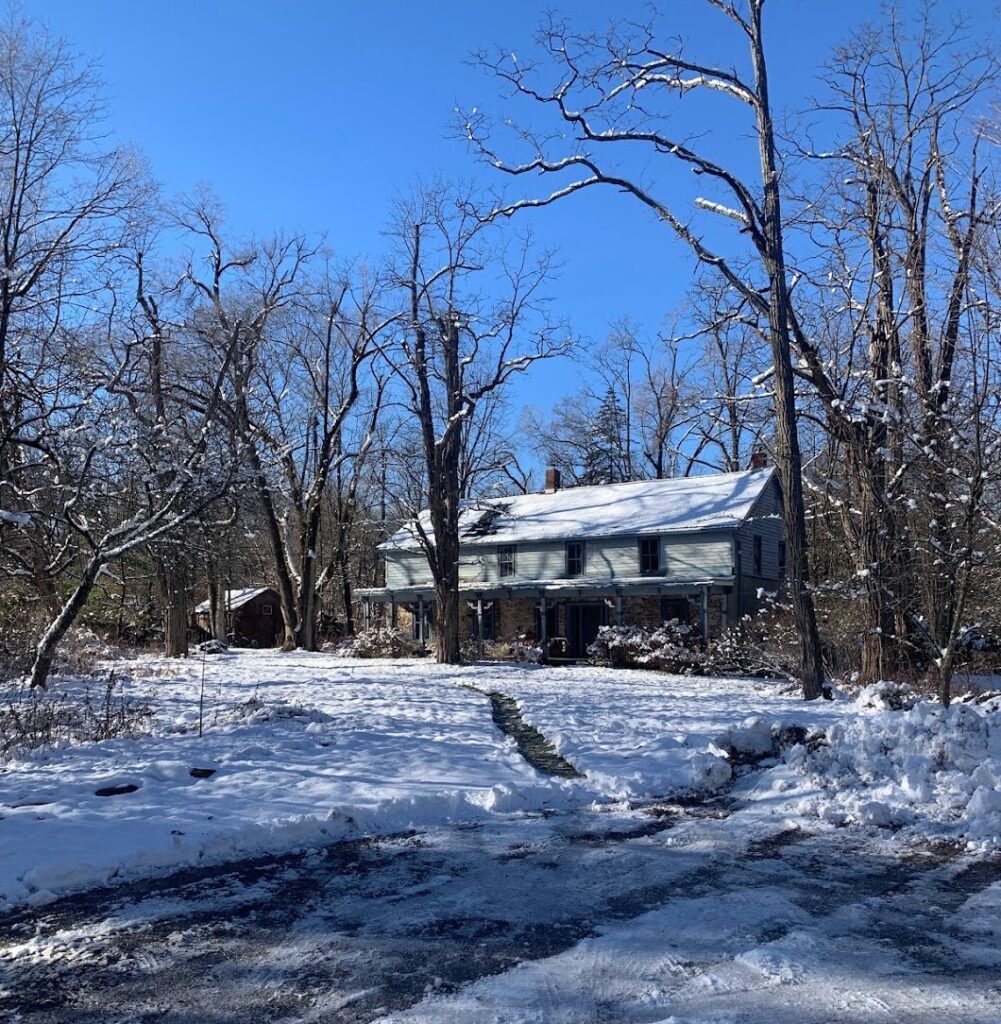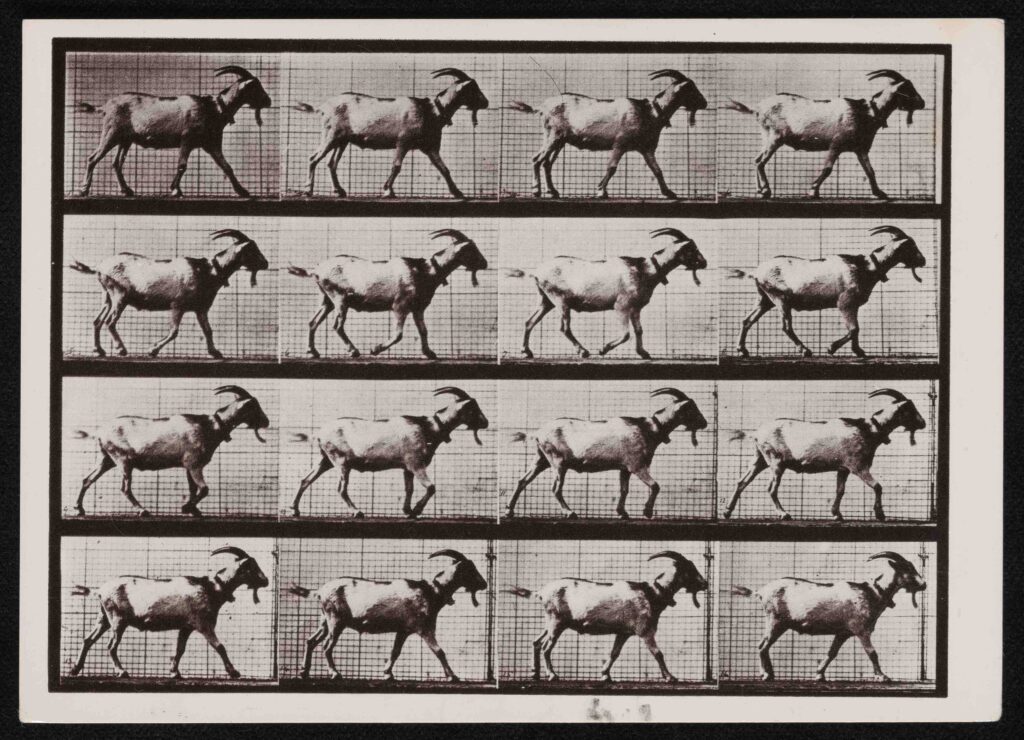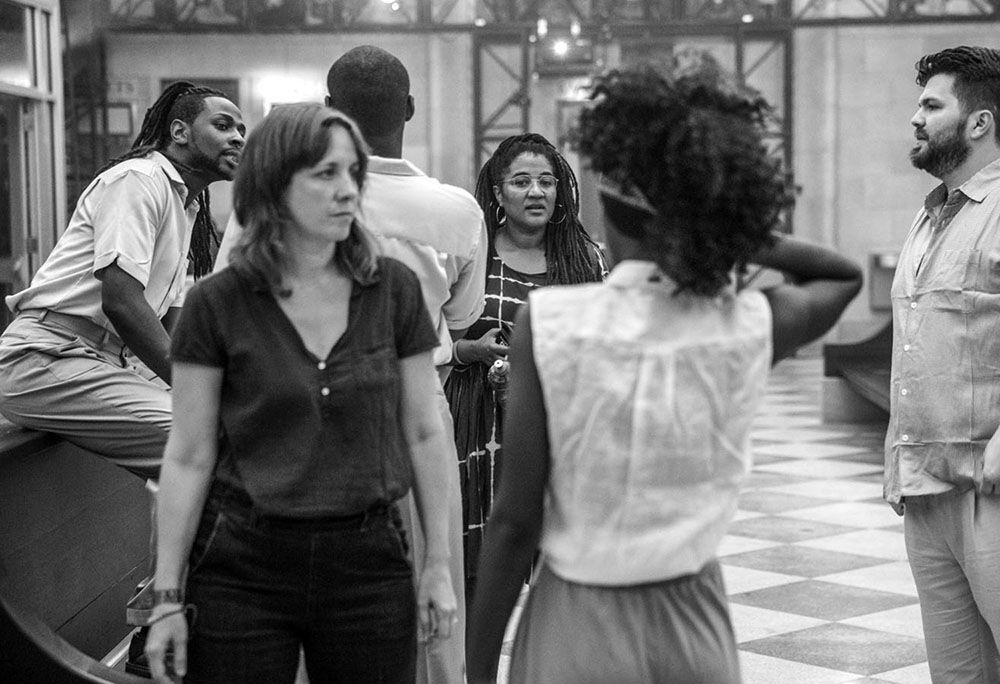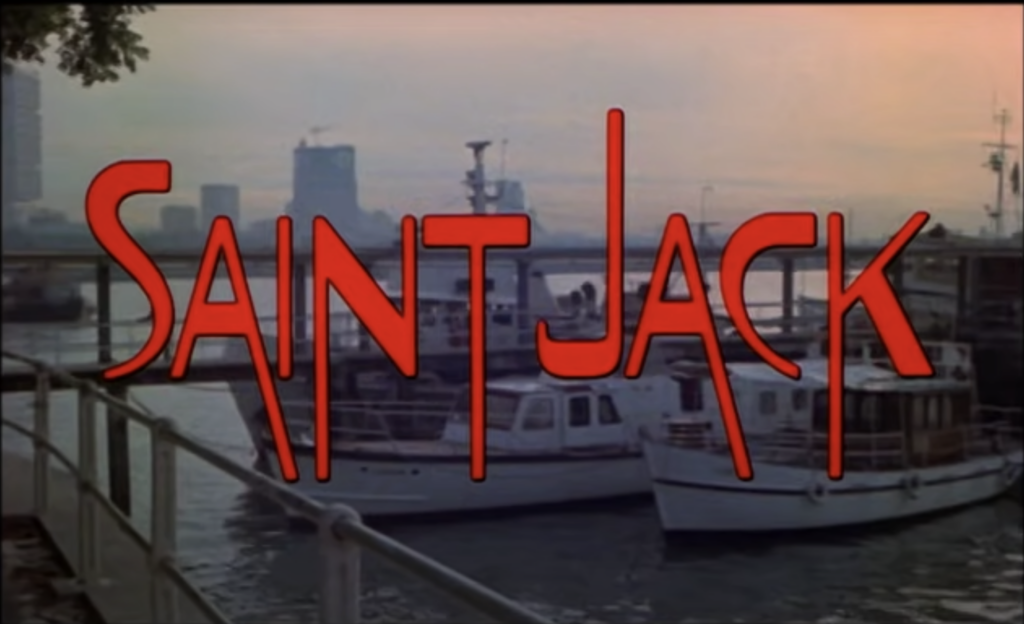Peter Bogdanovich’s Saint Jack (1979).
I watched the 1979 film Saint Jack on Amazon’s ad-supported streaming service, Freevee. Because the commercials often lurched on midsentence, I concluded that Freevee doesn’t pay people to insert the breaks between scenes. The deduction was sound, but being human, i.e., desperate for meaning, I nevertheless read intention into the placement of some of the ads. At the end of the movie, for example, when the main character must choose between collaborating with an occupying power or forgoing a fat check, Freevee broke to a spot for a skin serum by Vichy Laboratories. Unfortunately, the synergy didn’t last. The next commercial featured the socially conscious rapper Common, of the too-resonant baritone, shilling T-Mobile from a barber chair—a rich text, to be sure, but one without much relevance to Saint Jack, which is set in Singapore in the late sixties.
Based on Paul Theroux’s novel of the same name, the film is the director Peter Bogdanovich’s Vietnam movie as well as his Casablanca, a wartime melodrama about a raffish American trying to make a buck on the periphery of the conflict. A lot happens to Jack Flowers—he falls in love, finds a kindred spirit (platonic), fulfills his dream of running a brothel, runs afoul of local gangsters, goes into business with the U.S. military, witnesses the death of a friend, and gets roped in to a smear operation by the CIA—but the film’s tone and pacing belie its density of event. Saint Jack is laid-back, even chill. Applied to heavy material, this attitude usually produces a comedy, but Saint Jack, while full of funny moments, achieves something serious: the sublime.
Retrospectives of Bogdanovich’s career tend to describe it as his “loosest” film, a departure to the now for the director, whose interest in the visual style and genre tropes of Hollywood’s studio era, as opposed to those of the French New Wave, had distinguished him from his New Hollywood contemporaries. Shot on location by the minimalist cinematographer Robert Muller, with Cassavetes’s regular Ben Gazzara as Jack Flowers, and local non-actors , including prostitutes and madams, filling out the supporting cast, Saint Jack definitely looks like a gritty seventies flick. It brings to mind the Golden Era in other ways, however. Besides the shadow of Casablanca, there’s the film’s breezy script. Snappy dialogue could have upset Saint Jack’s lo-fi equilibrium, but fortunately we’re in Gazzara’s capable hands. As our weary yet amiable hero, a stoic drinker who takes all vicissitudes in stride, he gets the lion’s share of the script’s great lines—the trick is that he delivers these naturally, never “making a meal,” as film people say. He rarely gives the sense that Flowers is inventing a joke or a bon mot on the fly; usually, Jack seems to be repeating himself (it’s all the more to Gazzara’s credit that Jack never actually does). On the one hand, this chestnut effect is satisfying because it’s realistic: for Jack, clever patter isn’t an end in itself but a tool, like his warm smile or his impeccable manners, that he deploys to make bread. On the other, Jack is a wise man. He repeats himself because that’s what gurus do.
Saint Jack is not an ironic title. Flowers, improbably, is full of grace. When the gangsters arrive to shut down his bordello, he offers himself up at the front door to give his employees time to escape. The gangsters tattoo obscenities on his arms and deposit him in a ditch. Back at the brothel, which is now destroyed, he has a drink and a laugh and then goes straight to a tattoo parlor to get his new ink covered up. The tattooist asks him what he wants. Jack scans the room’s posters for two seconds before asking the man to garland his arms. What’s remarkable about Jack isn’t that he accepts his fate but that he accepts it immediately, without pitying himself or weighing his options. I was reminded of wu wei, the Taoist ideal of effortless action, which is something like a flow state that encompasses all one’s activity and not merely a discrete task like writing a movie review or playing a tennis match. Jack’s wu wei gets thrown into dramatic relief in the final act, when, for the first time, he agonizes over a decision.


